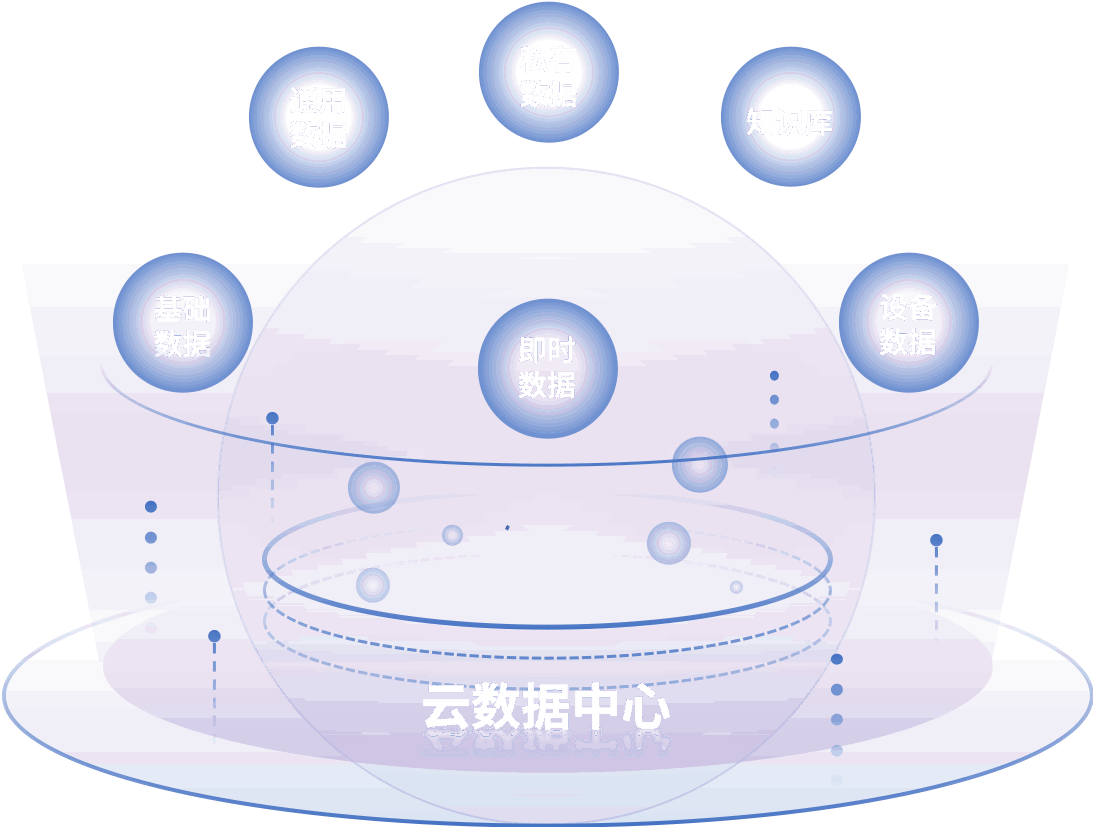In recent years, the field of artificial intelligence (AI) has undergone significant transformations, largely driven by the emergence of large-scale pre-trained models. These models, which leverage vast amounts of data and sophisticated algorithms to understand language and perform complex tasks, have become the backbone of numerous applications. Combining these models with AI automation for infrastructure management and blockchain automation represents a new frontier in optimizing operational efficiencies across various industries.
The rise of large-scale pre-trained models, like OpenAI’s GPT series and Google’s BERT, signifies a shift in how AI is deployed. These models are trained on extensive datasets that allow them to learn nuanced language patterns and contextual meanings, enabling smarter and more intuitive interactions. Pre-training provides the foundation for fine-tuning, which allows businesses to adapt these models to fulfill specific needs, leading to innovative applications in numerous sectors.
Furthermore, one of the critical areas where these models are making waves is in infrastructure management. Traditional infrastructure management often involves manual processes that are time-consuming and susceptible to human error. With the integration of AI automation, organizations can streamline these operations, drastically reducing both time and operational costs. AI-driven automation tools now offer real-time monitoring and predictive analysis, empowering organizations to anticipate issues before they escalate.
For instance, large-scale pre-trained models can analyze patterns in infrastructure usage and performance. By processing vast amounts of data collected from sensors and other devices, these models can generate insights that inform decision-making, thus enhancing maintenance schedules and resource allocation. This predictive capability is particularly valuable in industries such as transportation and utilities, where operational downtime can lead to significant financial losses.
Moreover, AI automation for infrastructure management does not only improve efficiency; it also enhances safety. Automated systems can monitor for anomalies that could indicate potential safety issues. Alerts and recommendations can be generated based on the real-time analysis provided by AI, ensuring that appropriate measures are taken before accidents occur. This capability is crucial in sectors like construction and manufacturing, where safety is paramount.
In the blockchain realm, AI is ushering in a new era of automation through the deployment of pre-trained models. These models can facilitate various processes within blockchain ecosystems, such as smart contract verification and transaction auditing. By harnessing the power of AI, organizations can ensure that their blockchain networks operate more efficiently and securely, reducing the risk of fraud and enhancing trust.
The integration of AI for blockchain automation allows for real-time, intelligent management of assets and resources. Smart contracts, which are self-executing contracts with the terms of the agreement directly written into code, can be optimized using pre-trained models that assess and validate contractual terms. Such automation can significantly reduce the time and effort needed to execute transactions while also improving accuracy.
Moreover, large-scale AI models can analyze blockchain data to identify patterns that may indicate fraudulent activity. By examining transaction history and user behavior, AI can flag suspicious activities, thus preventing potential security breaches. This aspect of AI-driven automation is particularly relevant as the number of enterprises adopting blockchain technology continues to rise.
As industries increasingly transition to AI-powered solutions, it’s vital to consider the ethical implications and the need for transparency in AI models. Organizations must ensure that these models are not only effective but also responsible. Bias in AI models, particularly those trained on historical data, can have unintended consequences. It is crucial for developers to assess and mitigate these risks through rigorous testing and continuous monitoring.
One promising solution is the establishment of standards and best practices for AI model training and application. By developing frameworks that prioritize fairness, accountability, and transparency, organizations can mitigate the risks associated with large-scale pre-trained models. Collaboration among stakeholders, including governments, industry leaders, and researchers, will be essential for fostering an ethical AI environment.
Looking ahead, as the potential of large-scale pre-trained models is further realized, we can expect to see their application expand across various industries. Whether enhancing operational efficiencies in manufacturing, automating processes in financial sectors, or improving customer experiences in retail, the impact of AI automation through these models is profound.
Furthermore, as organizations continue to invest in AI infrastructure, the demand for professionals skilled in AI and data science is likely to grow. Educational institutions and training programs will need to evolve to prepare the workforce of the future, focusing on the skills necessary to harness these powerful tools effectively.
In conclusion, large-scale pre-trained models are revolutionizing how industries manage infrastructure and automate operations. The integration of AI-driven solutions enhances efficiency, safety, and security while minimizing operational costs. As organizations navigate the implications of AI in their operations, addressing ethical considerations and fostering a collaborative environment will be crucial for ensuring responsible usage. The ongoing advancements in AI technology, particularly in blockchain automation, will continue to shape the future of various industries, making it an exciting space to watch in the coming years.
